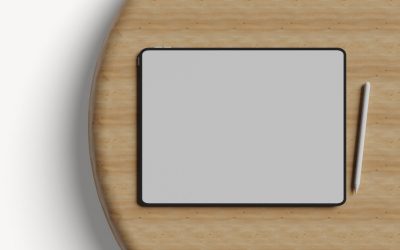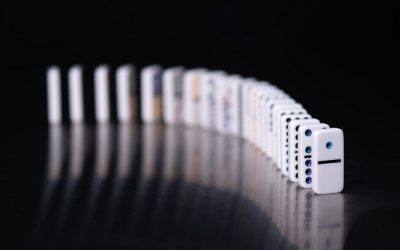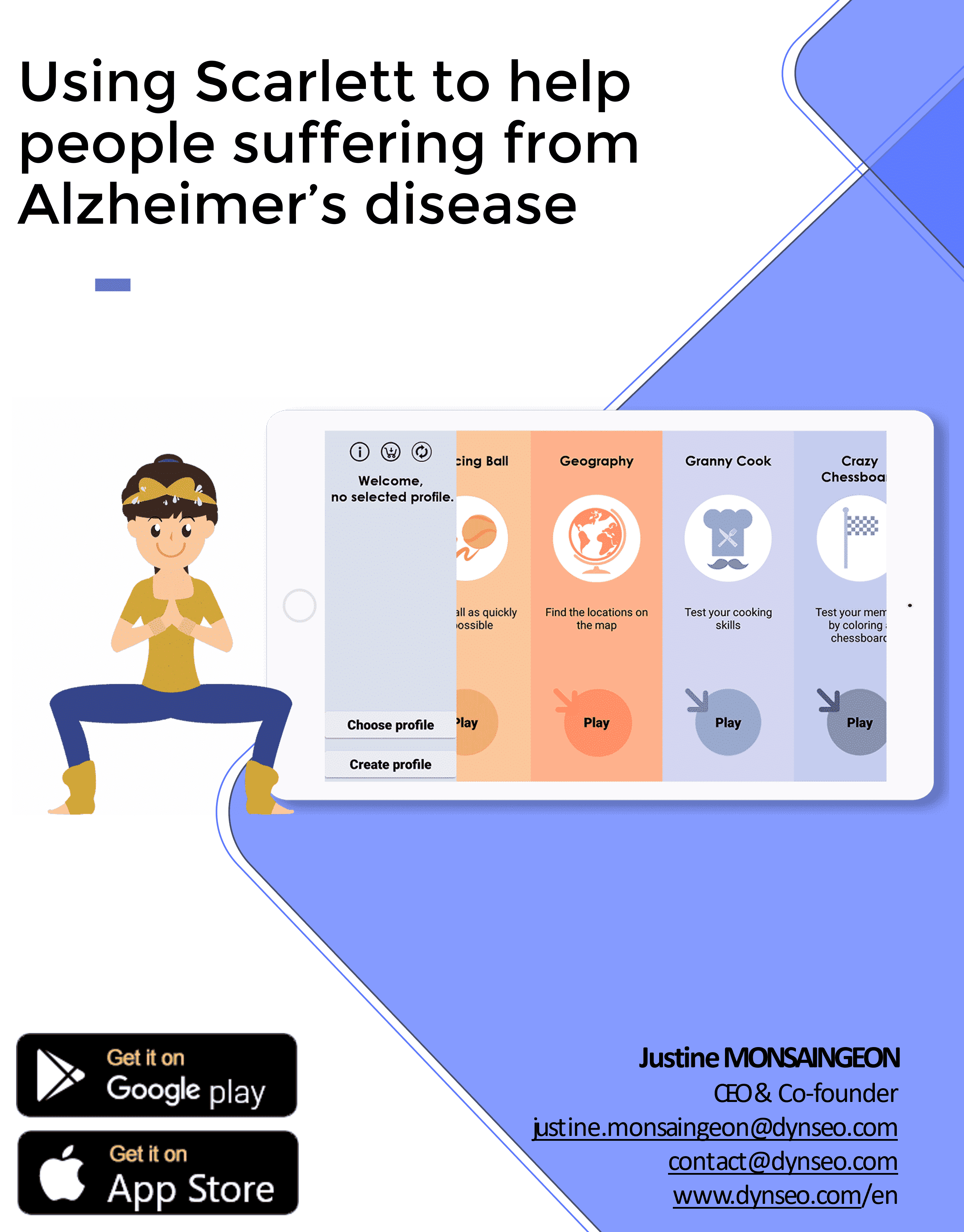Living with Alzheimer’s disease is not easy, for the person with the disease, his or her family and caregivers. With the advances in technology, new practices and innovative devices can now facilitate the care of Alzheimer’s patients in order to provide them with quality care and a better living condition. Here you will find the top 10 technologies that can help people with this disease and their caregivers.
1. Smart watches
Watches specially designed for Alzheimer’s are practical gadgets for everyday use. Worn by the patient, they are smart watches that help to situate oneself in time and to distinguish between day and night. They can also help with taking medication. Depending on the model, the watch can be connected to a mobile application installed on the smartphones of family caregivers or carers. Intelligent, it can also warn loved ones in case of a fall or wandering.
2. Innovative communication systems
New technology has led to more effective communication systems between patients and family. For example, smartphones for patients are equipped with a pre-programmed phone book, a voice assistant that will allow patients to call without dialing a number, or applications that allow them to share emotions and feelings. People suffering from Alzheimer’s disease need more than support, exchange and relational life to stimulate their brain.
3. Tracking and GPS devices
People suffering from Alzheimer’s are the most at risk of getting lost. Tracking devices are systems that ensure the safety of the patient. They can give the alert and allow caregivers or family to find the patient in case of loss. Among other things, they can locate the person in real time. These devices can be worn as a bracelet or as part of a smart watch, phone or sensor.
4. Monitoring systems for electrical appliances
They are intended for patients who may be alone at times without their caregivers or relatives. These are small gadgets that are often mounted on the wall and can be used to signal if the patient has forgotten to turn on or off an electrical appliance that he or she is using. In this way, family members or caregivers can take the necessary measures if the devices are triggered.
5. Robotic assistants
To help caregivers take care of patients, robot assistants are designed to perform recurring tasks on a daily basis. They are not there to replace humans, but they can perform certain tasks when caregivers are busy or absent at times. For example, they can remind patients to take their medication, alert them to danger, call caregivers in case of emergency, etc.
6. Home automation systems
These are devices that make daily life easier for patients. They are similar to home automation and can also be used to ensure their safety. They are automated systems that avoid, as much as possible, patients from doing tasks that could put them in danger. For example, they can turn the lights off or on, adjust the thermostat, lock the door in case of danger, detect smoke, give the alarm or signal the time of bedtime and wake-up, etc.
7. Surveillance cameras
This is one of the remote security devices that allow caregivers and family to keep an eye on the patient. This system monitors the movements, actions and gestures of the Alzheimer patient and can alert in case of harmless situation. Some cameras are equipped with an innovative technology, they can have a voice assistant. Generally, they are installed in the patient’s room or in the living area.
8. The pillboxes
Pillboxes offer better medication management. While the classic models offer a weekly schedule, others are equipped with innovative technology, capable of emitting a signal to remind people to take their medication or transmitting a signal to the smart watch. This type of technology can both help the caregiver who may be busy with other things. It can remind the patient of the administration of care. In case of forgetfulness, the pillboxes can emit a sound or send light signals.
9. Stimulus messages
People with Alzheimer’s disease constantly need activities or materials to stimulate their brain. Among the stimulating materials that can help a person with Alzheimer’s disease feel good in their daily life are the messages of attention recorded by their loved ones. For this purpose, there are devices that can broadcast these messages throughout the house. This way, the patient will not feel alone. These messages can also be reminders: go to bed, take medication, etc.
10. The Scarlett program
As said previously, brain training is essential to prevent and delay Alzheimer’s symptoms, because the more the brain is stimulated the more it is going to be reactive and retain information.
The Scarlett program is a brain training app on tablet, developed and designed by Dynseo and health professionals. With more than 30 fun and cultural games, the program allows the users to stimulate all the cognitive functions, and to adapt the training to the needs of the person needing the stimulation.

To go further and helping your parents with Alzheimer’s
Scarlett, memory games for seniors with dementia
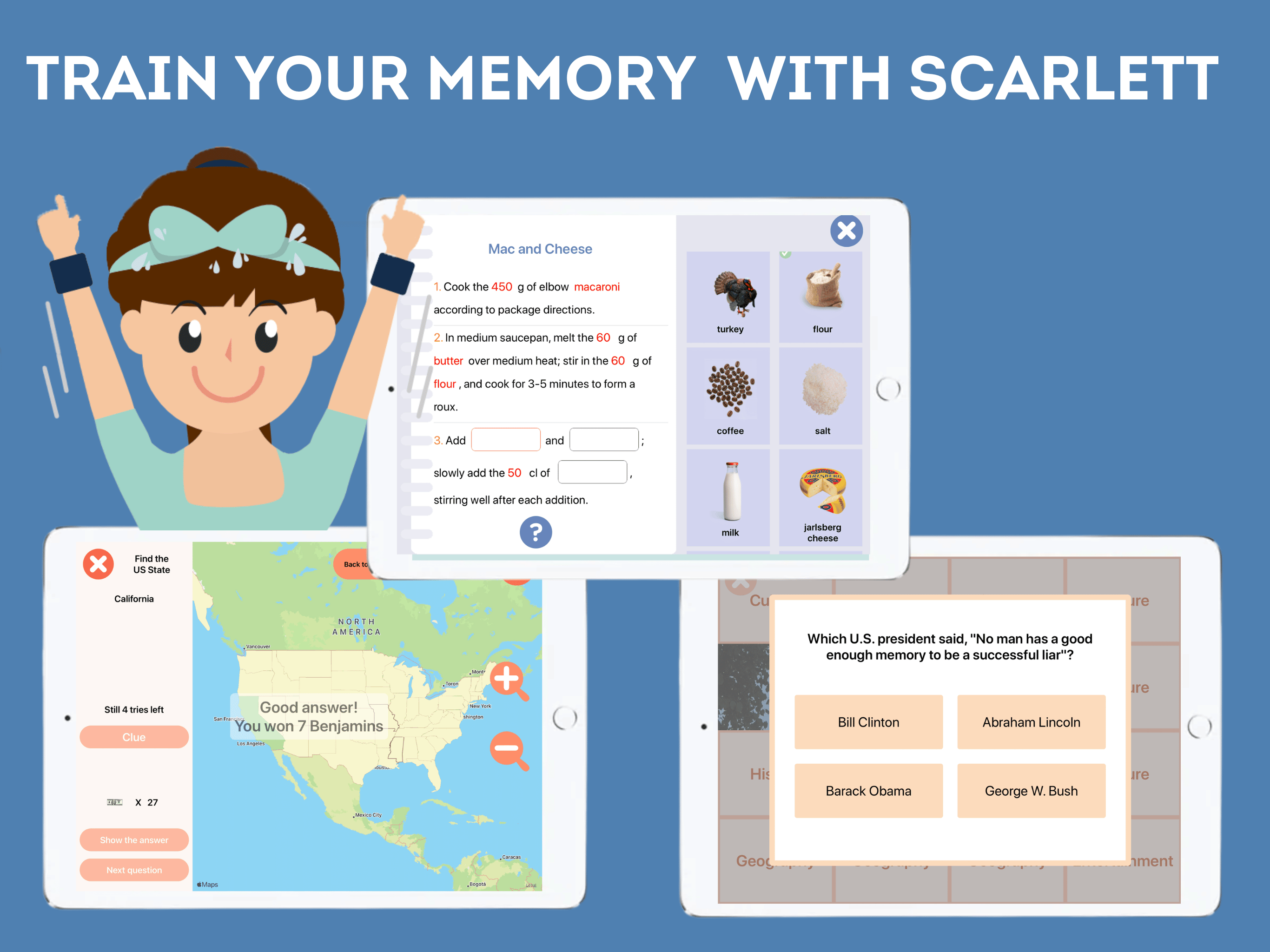
Supporting someone with Alzheimer’s with the Scarlett program
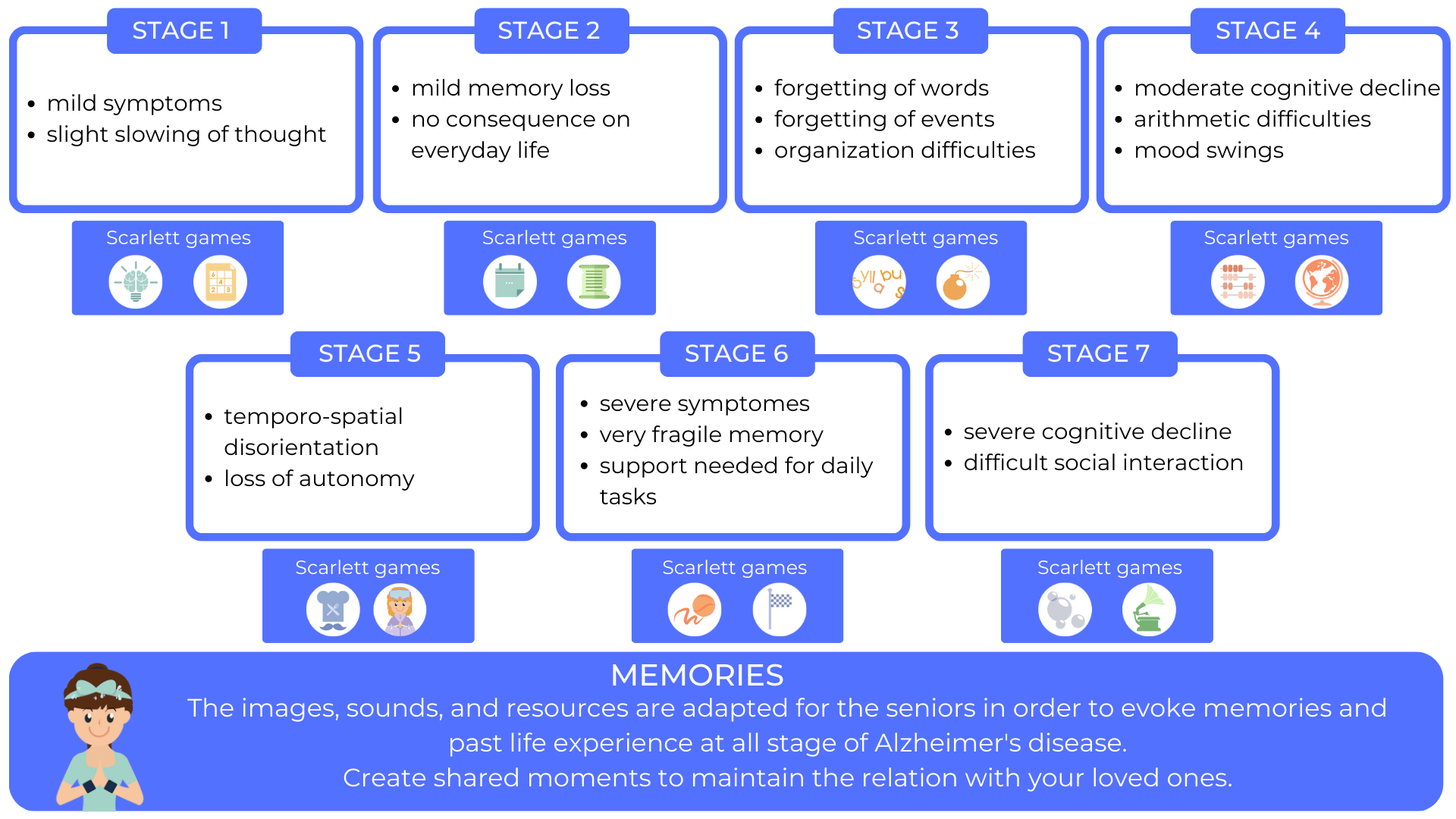
Other articles you might be interested in:
The Role of Cognitive Apps in Speech Therapy for Alzheimer’s Patients
Alzheimer’s disease is a progressive neurological disorder that primarily affects memory, thinking, and behavior. As...
Memory Apps for Alzheimer’s: Enhancing Recall in Speech Therapy Sessions
Alzheimer's disease is a progressive neurological disorder that primarily affects memory, thinking, and behavior. As...
Cognitive Rehabilitation Apps for Speech Therapy with Alzheimer’s Patients
In recent years, the landscape of cognitive rehabilitation has evolved significantly, largely due to the advent of...


